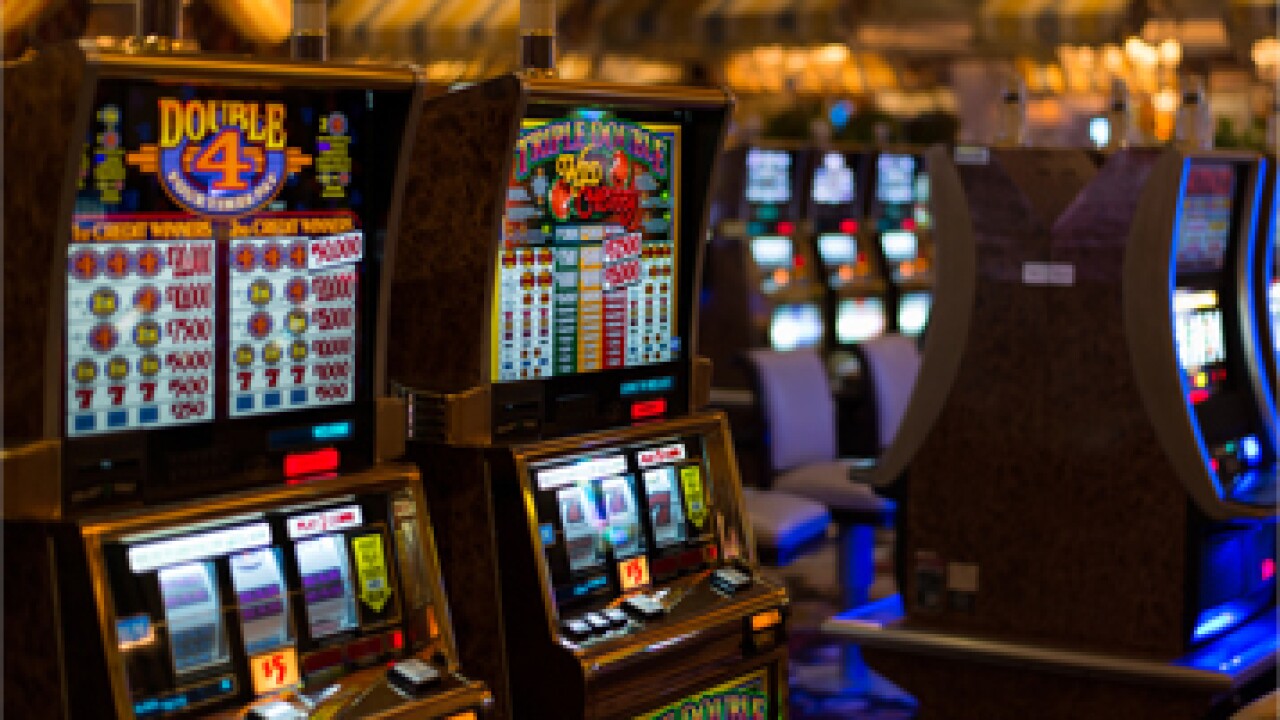
(Bloomberg) --For one
It was a public holiday in the U.K., so it should have been a quiet day in the markets. A little before 9 a.m., the staffer on
A tool that employees usually used for such a transaction wasn't available that morning, so the trader had to manually build the basket of stocks. That's where things started to go wrong.
In
The Wall Street giant's systems immediately fired off hundreds of warnings, ultimately blocking some — but not all — of the trade from going through. Still, about $1.4 billion worth of equities began to be sold across European exchanges.
Markets immediately started going haywire. Within minutes, the trader realized the mistake and canceled the order. But the damage was done: The blunder had sparked a five-minute selloff in European stocks, wreaking havoc in bourses stretching from France to Norway.
Two years on, U.K. regulators on Wednesday revealed the result of their long-running probe into
It's the latest blow for Chief Executive Officer Jane Fraser, who has spent years trying to shore up the lending giant's underlying risk management systems.
"These failings led to over a billion pounds of erroneous orders being executed and risked creating a disorderly market," Steve Smart, joint executive director of enforcement and market oversight at the Financial Conduct Authority, said in a
The trader has since left
Fifteen Minutes
Just before the trader began putting together the errant transaction, a separate team at
The bank's algorithmic service desk, which normally oversees the real-time monitoring of internal executions, had decided to transfer those responsibilities to the electronic execution desk because it had staff out on scheduled leave that day.
When the trader first input the erroneous trade, he was met with a wall of 711 warning messages. He quickly overrode the ones he could and the order was placed at 8:56 a.m.
Trades began being executed across exchanges in Austria, Belgium, Denmark, Finland, France, Germany, Italy, the Netherlands, Norway, Portugal, Spain, Sweden and Switzerland, sparking a sudden drop in European indexes. Inside
By 9:10 a.m., the trader had canceled the order, saddling
The electronic execution desk had been receiving hundreds of alerts about the erroneous trade but failed to escalate any of them. A separate team known as the e-trading risk and controls team also escalated the incident to the electronic execution desk but not until 9:31 a.m.
"The immediate cause of the trading error was a manual input error by the trader," the Bank of England's Prudential Regulatory Authority said Wednesday in its findings. "The error was then not identified by either of the firm's risk functions dedicated to real-time monitoring of the firm's trades, but by the trader some 15 minutes after the trade was entered into the firm's systems."
Hard, Soft Blocks
The bank sets a series of thresholds for each type of block. If a trade triggers one of these, a pop-up appears. Soft blocks can be overridden, but not hard blocks.
Still, it was these hard blocks that stopped some of the trade from going through. But the U.K. regulators on Wednesday noted that in the U.S.,
"We are pleased to resolve this matter from more than two years ago, which arose from an individual error that was identified and corrected within minutes,"
The penalties come as a blow to
When regulators were formulating how big of a penalty to assess on
That would mean that between the fines and the trading losses from the day, the erroneous trade cost those desks nearly two years of revenue.





